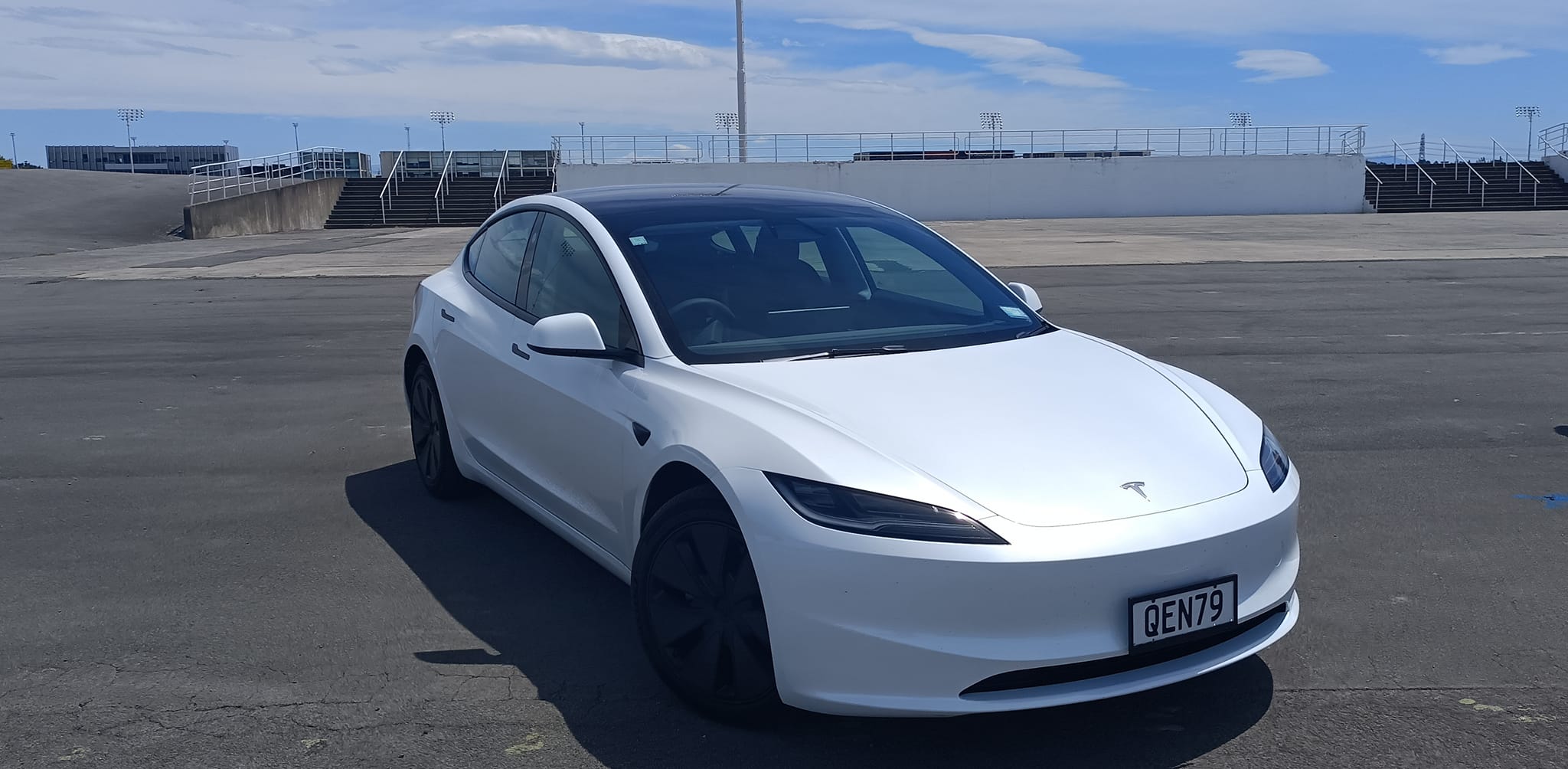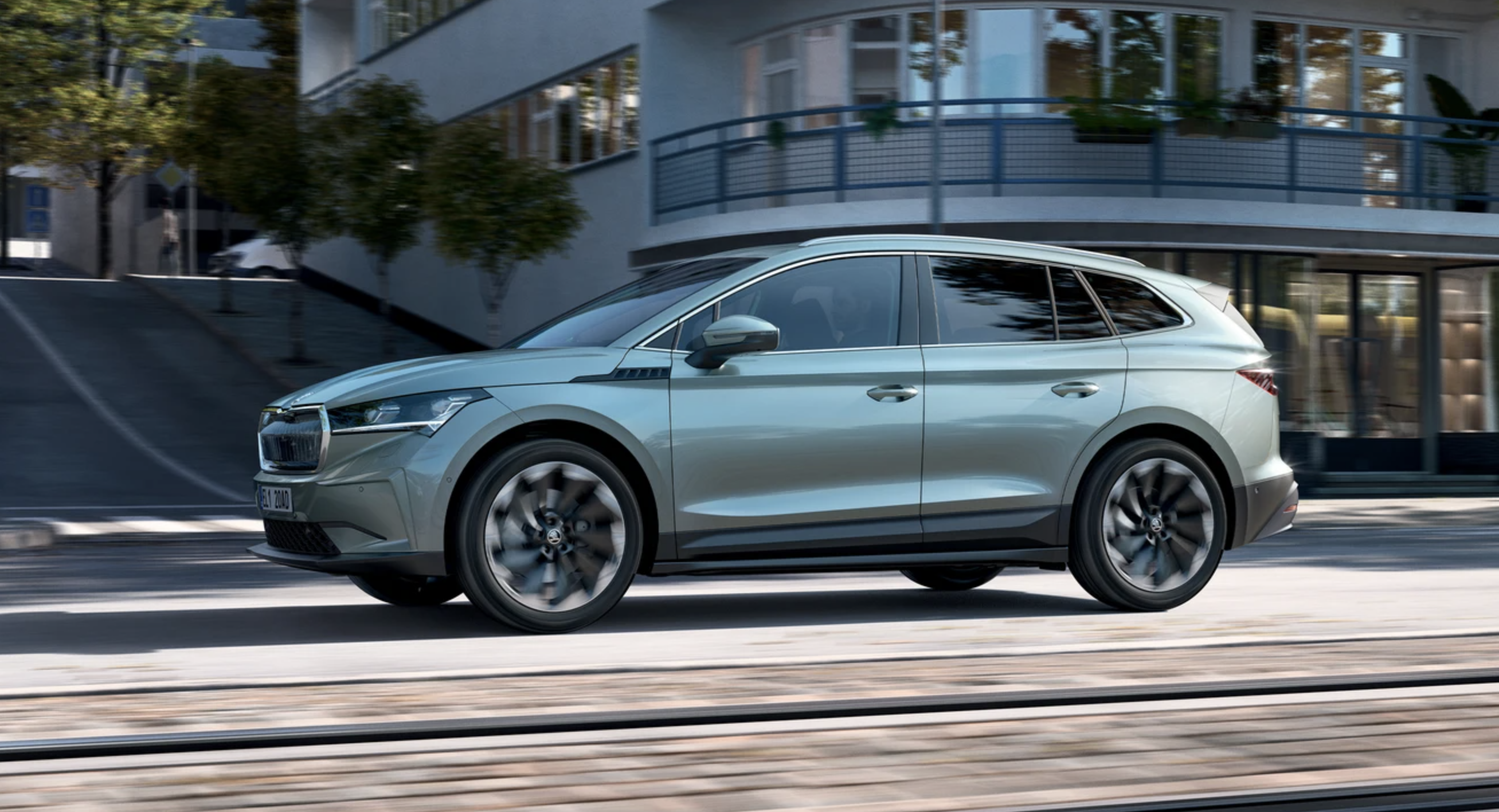Sign up for daily news updates from CleanTechnica on email. Or follow us on Google News!
Electric vehicle numbers in New Zealand are holding strong in recent months, with the segment recording 34% share of the auto market in September, a slight dip to 29% in October, and a dead cat bounce back to 33% in November. All expectations, however, are that with the recent election of a right-leaning government, promising an end to the “ute tax,” the first quarter of 2024 will show a significant decrease in the sales of electric vehicles.
The outgoing government’s “Clean Car Discount” was nicknamed the “ute tax” because the lack of electric utes meant that farmers and others had to pay more tax for a diesel vehicle. They had no choice. James at EVDB tells us that over the 2.5 years since the introduction of the Clean Car Discount’s malus/bonus tax incentive, New Zealand has gone from 30,000 plugin vehicles on the road to an estimated 100,000 by the end of this year. That’s a significant step change. However, disgruntled farmers are a formidable voting bloc.
November 2023 was a record month for plugin vehicle registrations in New Zealand — 4,667 including used imports (Nissan LEAFs from Japan). Overall, 23% of the market’s auto sales were BEVs and 10% were PHEVs. That’s quite a high percentage of PHEVs compared to other maturing markets — markets in Europe, for example.
Surprisingly, the highest selling brand in NZ for EVs was MG. Although, if used imports are considered, the Nissan LEAF would be the most popular EV. The MG4 is achieving outstanding numbers — consider that it has only been on the market for four months and has already achieved the position of 4th highest selling vehicle of the year.
In addition to plugin vehicles taking 33% of the market, 30% of the market were conventional hybrids (HEVs), 31% were purely petrol vehicles, and 6% were diesel vehicles. It will be interesting to watch the HEV numbers (mainly Toyota) when the BZ4 is finally released. It’s good to see the diesel numbers consistently falling.
The top ten best selling BEVs in New Zealand in November 2023 were:
- Tesla Model Y (544)
- MG4 (468)
- BYD Atto 3 (337)
- Skoda Enyaq (142)
- MG ZS EV (106)
- Mini Electric (96)
- BYD Dolphin (95)
- VW ID.4 (94)
- GWM ORA (92)
- Polestar 2 (79)
It is very difficult to draw any conclusions about particular models from the sales charts, as NZ’s auto market suffers from the vagaries of auto importers and international logistics. New to the top ten are: the Skoda Enyaq (described by New Zealanders as “a really nice car, not a spaceship”) and the MINI electri. Missing in action is the Tesla Model 3 (only 22 Tesla Model 3s sold in November) and the Kia EV 6 (just missed a placement on the top 10 list with 67 units sold). Most positions in the lower half of the table have remained intact. Ford managed to sell 40 Mustang Mach-Es.
In comparison: Toyota sold over 2,000 HEV units, consisting mainly of the RAV4 (657) and Corolla (855). It appears that there are still only 3 hydrogen-powered cars in New Zealand.
On the podium for BEV brand sales are: gold to MG (574), silver to Tesla (544), and bronze to BYD (432).
Top selling plug in hybrids (PHEVs) were:
- Mitsubishi Eclipse Cross (314)
- Mitsubishi Outlander (276)
- MG HS (239)
- Jeep Compass (58)
- Ford Escape (33)
- Jeep Renegade (29)
- Mazda CX-60 (28)
- Kia Niro (18)
- Kia Sorrento (14)
- Audi Q5 (13)
Highlights from the data include: more Mitsubishi PHEV Outlanders sold (276) than Ford’s diesel Everest (250) and Toyota’s LandCruiser (83). MG is emerging as a global contender for the number 3 spot in plugins behind BYD and Tesla! Jeepers, creepers, look at those numbers for plugin Jeeps!! It will be interesting to check on the PHEV sales once tax incentives are removed. When this occurred in Europe, PHEV sales plummeted.
The New Zealand electric vehicles Facebook page is replete with stories of new charging infrastructure being installed and excited test drivers of the Tesla Model 3 Highland. Tesla is offering 2-hour test drives in some areas of New Zealand. Sounds like a great idea for those who need to get to know the “new” car. Most of the comments indicate the need to get used to the lack of indicator stalks. Hopefully the Tesla Model 3 will have increased deliveries in December and January and will be back in the top ten in no time.

“Finally there is some strong expansion and upgrading of public charging networks including a mix of new sites, Tesla Superchargers installations, ChargeNet upgrades, and installations at service stations,” one Facebooker commented. The chicken and the eggs seem to be coming together.
In a first for the land of the long white cloud, all the contenders for the Car of the Year Award are electric — eight are BEVs, one (the Nissan X trail) is a plug-less hybrid, and one is a plug-in hybrid (Peugeot 308). “In alphabetical order, the candidates are: BMW i7, Cupra Born, Ford Mustang Mach-E, Hyundai Ioniq 6, Lexus RZ, Mercedes-Benz EQE sedan, MG4, Nissan X-Trail, Peugeot 308, and Skoda Enyaq.”
The last four years have seen the award dominated by BEVs: Jaguar i-Pace (2019), Mercedes-Benz EQC (2020), Hyundai Ioniq 5 (2021), and BYD Atto3 (2022). The winner will be announced in February. Only models that have launched in the New Zealand market in the last 12 months are considered.
Cars are assessed by the following criteria: “how the vehicle performs its intended role; its styling, interior design and accommodation; fit, finish and quality; ride and refinement; performance; road-holding and handling; value for money; active and passive safety and environmental responsibility.”
In an effort to recoup falling revenues from petrol and diesel excise, the New Zealand government will introduce a road user tax from March 24, 2024. It is likely to mirror the diesel tax of NZ$0.076 cents per km driven. Ostensibly, this money will be used to fund maintenance by the National Land Transport Fund. The recent change of government is not likely to alter the taxing decision. Thus, there will be another headwind affecting EV sales in the second quarter of 2024.
It will be fascinating to watch the New Zealand auto market in 2024. How far will NZ get towards its aspiration of becoming the Norway of the Pacific?
Have a tip for CleanTechnica? Want to advertise? Want to suggest a guest for our CleanTech Talk podcast? Contact us here.
Our Latest EVObsession Video
I don’t like paywalls. You don’t like paywalls. Who likes paywalls? Here at CleanTechnica, we implemented a limited paywall for a while, but it always felt wrong — and it was always tough to decide what we should put behind there. In theory, your most exclusive and best content goes behind a paywall. But then fewer people read it!! So, we’ve decided to completely nix paywalls here at CleanTechnica. But…
Thank you!
CleanTechnica uses affiliate links. See our policy here.




